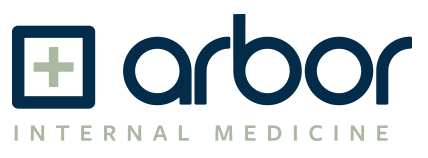Frustrated with Traditional Healthcare?
The traditional insurance-based healthcare system has become a source of frustration for many patients. Common complaints include difficulty getting timely appointments, long wait times, short visits with doctors, and the feeling of being shuffled between different providers. This disjointed care can lead to missed opportunities for prevention and more thoughtful management of chronic conditions.
One of the most pressing issues patients face is access. Between navigating insurance requirements and the increasing demand for primary care services, many patients find it hard to get an appointment with their doctor. When they do manage to book a visit, they often encounter long wait times in the office, only to be rushed through a brief appointment with a doctor who may not even know their medical history.
Another significant concern is communication. In the traditional model, connecting with your provider between visits can be difficult. Many patients find it challenging to reach their doctor for questions or follow-ups, leading to unnecessary anxiety or gaps in care.
So, what’s the solution? Direct Primary Care (DPC).
What is Direct Primary Care?
Direct Primary Care is a healthcare model that removes the barriers and inefficiencies of the traditional system. Instead of relying on insurance for every doctor-patient interaction, DPC operates on a membership-based approach. This offers several advantages, including:
- Consistent Access to Your Doctor: One of the biggest frustrations patients have is seeing different providers at every visit. In a DPC practice, you see your doctor every time, building a relationship with someone who knows your medical history and health goals.
- Longer Appointments: Appointments aren’t rushed. This allows doctors and patients to dive deep into health concerns, focusing on preventive care and making informed decisions about treatment options. It’s not just about adding another medication; it’s about understanding why certain interventions are necessary and how they fit into the bigger picture of your health.
- Direct Communication: In a DPC model, communication with your doctor is much easier. Whether you have questions during the week or urgent concerns after hours, you can reach your physician via text or phone without needing to jump through hoops. This personalized attention helps ensure you get the care you need when you need it.
- Predictable Costs: Another frustration of the traditional system is the unpredictable nature of healthcare costs. Between high deductibles, co-pays, and out-of-pocket expenses, it can be difficult to budget for care. In DPC, patients pay a monthly membership fee that covers all their primary care needs. Labs, imaging, and medications can still be processed through insurance, but the core of your healthcare—the relationship with your doctor—comes at a predictable and often more affordable cost.
Why Direct Primary Care is the Future of Healthcare
DPC offers a more personalized, accessible, and transparent approach to healthcare. By focusing on the patient-doctor relationship, this model ensures that patients receive consistent, preventative care in a way that works for their lives and budgets. It addresses many of the frustrations people have with the traditional healthcare system, offering a better path forward for those seeking consistent and thoughtful care.
For those who may not have insurance or who face large co-pays and out-of-pocket costs, DPC provides a simple, clear solution: a monthly membership that gives you access to your doctor whenever you need it. This revolutionary approach to healthcare puts patients back in control, ensuring that they get the care they deserve without unnecessary stress or expense.

